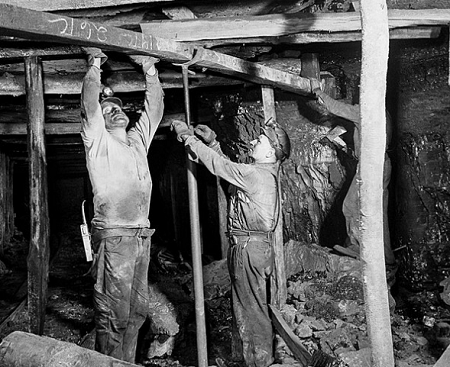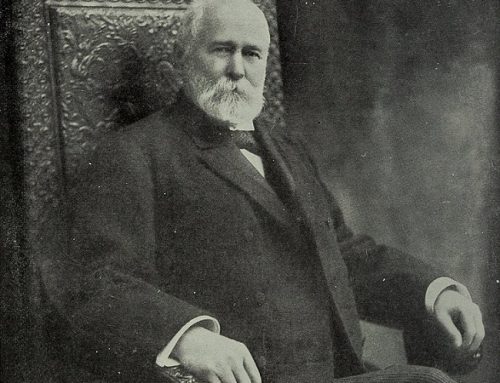Maryland legislature was the first to adopt a compensation law in 1902 that guaranteed benefits to injured workers in several hazardous industries. The law covered miners, steam and street railway workers, and workers and contractors on municipal public works projects. However, because the legislation gave the insurance commissioner judicial powers and deprived injured workers of the right to a jury trial, it was ruled unconstitutional two years later. The law was struck down in 1904 by the Court of Common Pleas of Baltimore City in an unpublished opinion in Franklin v. The United Railway and Electric Company of Baltimore.
Montana followed in 1909 with a workers’ compensation law that pertained only to the coal mining industry. Although the law required both employer and employee contributions into a cooperative insurance fund, it still allowed an injured employee, or his family, to sue for damages under the old liability system. Since the law forced the employer to bear a double burden, the Montana workers’ compensation law was struck down in 1911 by the Montana Supreme Court in Cunningham v. Northwestern Improvement Co., 44 Mont. 180, 119, p. 554 (1911).
New York enacted the first comprehensive state workers’ compensation laws in 1910 when it created both elective and compulsory workers’ compensation systems for employers in that state. The compulsory system was declared unconstitutional by the New York Court of Appeals in 1911, in the case of Ives v. South Buffalo Ry. Co. The Court stated the law was unconstitutional because the law deprived an employer of its property rights without due process of law in cases in which the employer would be required to compensate a worker for injuries that were not caused by the employer’s negligence. New York responded to the court’s decision in Ives with an amendment to the state constitution permitting a compulsory workers’ compensation law and enacted a compulsory law in 1913. Massachusetts enacted its workers’ compensation law in 1908, which was also struck down as unconstitutional by its courts.
The first comprehensive, all-inclusive workers’ compensation law was finally passed in Wisconsin in 1911. Ultimately, the Wisconsin law survived challenges in the Court, mostly because the new insurance system would be optional, whereas New York’s 1910 law was mandatory. Wisconsin’s Workmen’s Compensation Act created a solid legal framework for workers’ compensation. It also promoted labor rights by protecting all workers, not just those involved in hazardous work. Nine other states soon followed with their own versions of the Wisconsin law, and 36 states adopted similar provisions before the decade was out. The final state to pass workers’ compensation legislation was Mississippi in 1948.










